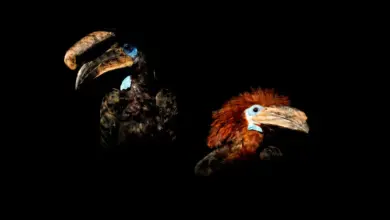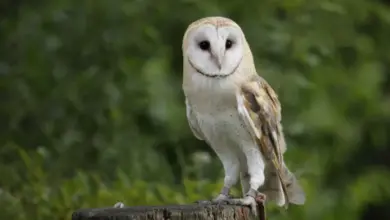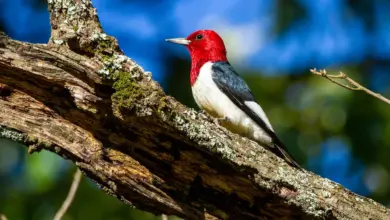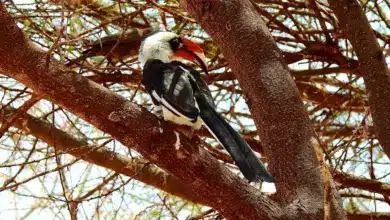Do hummingbirds eat fruit? Facts about their humongous diets
Who hasn’t seen hummingbirds sucking on flowers? They need the sweet nectar from these flowers to survive. But do hummingbirds eat fruits too? After all, fruits are equally sweet. Let’s find out the truth about what hummingbirds eat.
One of the tiniest species in the bird kingdom, Hummingbirds are fascinating creatures. They have a unique set of dietary, nesting, and environmental needs.
The diet of a hummingbird, while similar to other birds, has some peculiar facets. Let us find out how these tiny creatures live and thrive in their natural habitat.

Do Hummingbirds Eat Fruits?
Yes, hummingbirds eat ripened fresh fruit as part of their diet. In the wild, hummingbirds are known to survive on a diet of nectar from flowers as well as fruits.
These birds stick to a diet with high sugar content that gives them energy.
Hummingbirds are known to be dependent on wildflowers for nectar, and they swiftly move from one flower to another in search of nectar.
When they do not find the right flower, they turn to fruit juices from fruits that are sweet.
What Kinds of Fruits do They Eat?
Hummingbirds usually eat ripe fruit, which is sweet, giving them the high sucrose level they need for their very high metabolism levels. This includes fruits like berries, pears, and melons.
These birds are also attracted to bright colors and will go for fruits that they can spot from a distance.
This is why it is common to find hummingbirds feeding off all kinds of fruits like oranges, colored berries, watermelons, and more.

Do They Eat Oranges?
Hummingbirds usually choose juicy fruits that they can eat with their beaks and tongue.
A hummingbird will feed on an orange because of its juice. It will normally poke the orange with its beak and use its tongue to suck out the juice.
Hummingbirds also look for oranges that have been previously pecked, which makes it easier for them to suck the juice.
The natural sweetness of oranges makes them a good option for the hummingbird’s diet.
Can I Give Them Bananas?
Bright yellow bananas should ideally be a favorite for hummingbirds, but they are not. Due to its hard outer shell, hummingbirds do not usually eat bananas in the wild.
If an overripe fruit like a banana is left out on a bird feeder, they will come and feed on the fruit because the outer casing has softened.
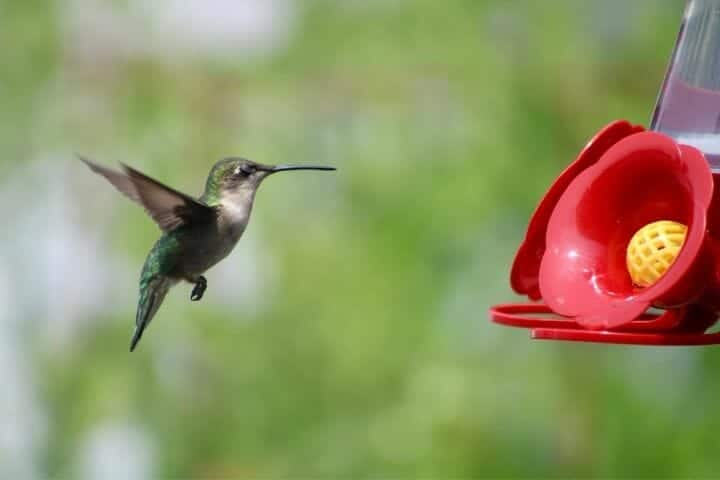
Moreover, bananas attract fruit flies which is what attracts hummingbirds to them. Fruit flies are among the favorite foods for hummingbirds for their protein and amino acids.
These tiny insects pack a solid punch when it comes to adding proteins to hummingbirds’ diet.
If you want to feed hummingbirds in your backyard, you should leave pieces of fruit like bananas in a hummingbird feeder. These fruits will attract the fruit flies, and hummingbirds will gorge on them.
Do They Like Watermelon?
Hummingbirds love the fleshy and watery inside of watermelons. Watermelons are juicy fruits that these birds are easily attracted to because of their color and taste.
Watermelons have a lot of juice in them that the birds try to suck out with their tongue. The fruits also contain tiny insects that the hummingbirds will find and eat.
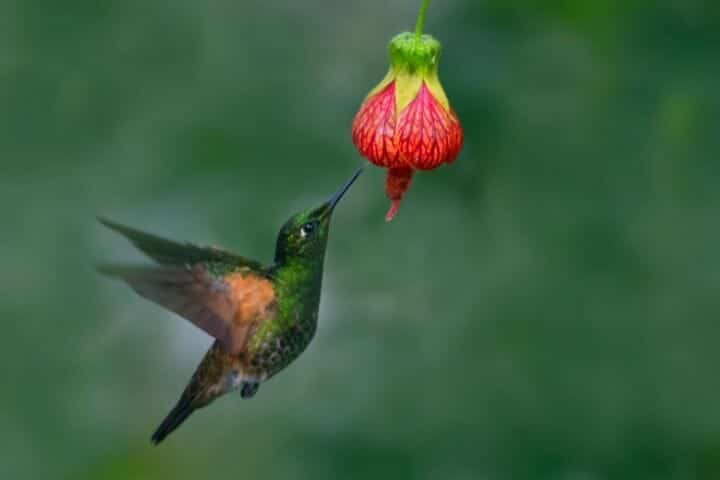
What Other Foods Do They Eat?
Despite the stereotype, hummingbirds take in a wide range of foods to maintain protein and sugar levels in their diet. They are known to eat small insects, pollen, sugar water, tree sap, and dust particles.
Hummingbirds have been found to have a big appetite, due to their unique metabolism and the incredible pace (~720-5,400 wing beats per minute) at which they flap their wings.
They eat throughout the day to sustain themselves and need different kinds of food to maintain their health.
Insects
The sweetness of nectar is not enough to sustain hummingbirds. They need protein and carbohydrates to give them energy which they get from other organisms like tiny insects.
Studies show that hummingbirds eat their weight within a day. Along with insects, they also feast on larvae and insect eggs.
Mother birds often use insects to feed their young as well as when they are migrating from one place to another.

Tree Sap
When they do not find the right flowers or nectar is scarce, hummingbirds switch to tree sap which also has a high sucrose content.
Tree sap is the liquid that oozes out from a tree’s bark when woodpeckers drill on them. Once oozing, it is easy for hummingbirds to suck on tree sap.
The sap from trees is not as sweet as nectar but helps to add energy to their diet. More importantly, tree sap has insects stuck inside them which are also part of the hummingbird diet.
Pollen
Hummingbirds do eat pollen from flowers but in limited quantities. These birds usually collect the pollen in their beaks to feed their young ones or ingest it to supplement protein in the diet.
The dietary role of pollen for birds is not quite clear. It is possible that hummingbirds only digest a very small part of the pollen they intake with the nectar. The rest is excreted as waste.
Ashes and Sand
When hummingbirds eat a lot of insects together, they can be observed eating tiny grains of sand, ashes, or fine gravel.
They also eat sand particles to look for some missing minerals and salts in their system. So, it is not uncommon to find tiny birds feeding off the ground after they feed on trees or a feeder.
Frequently Asked Questions
Will hummingbirds eat grapes?
What is good hummingbird food?
Fruit flies are another popular food among these birds. Though small in size, hummingbirds are extremely energetic and require a great deal of sugar in their diet. They get this from the nectar and insects they eat throughout the day.
How do you feed a hummingbird fruit?
Do hummingbirds like peanut butter?
Final Words
The way these tiny marvels of nature work shows us how the life of different organisms depends on one another in nature.
For example, the hummingbirds’ ability to feed on small insects is useful because they are a great way to control Spotted Wing Drosophila (SWD) populations in berry farms.
We hope this article has persuaded you that hummingbirds eat a much wider variety of foods than just sucking nectar from flowers.

